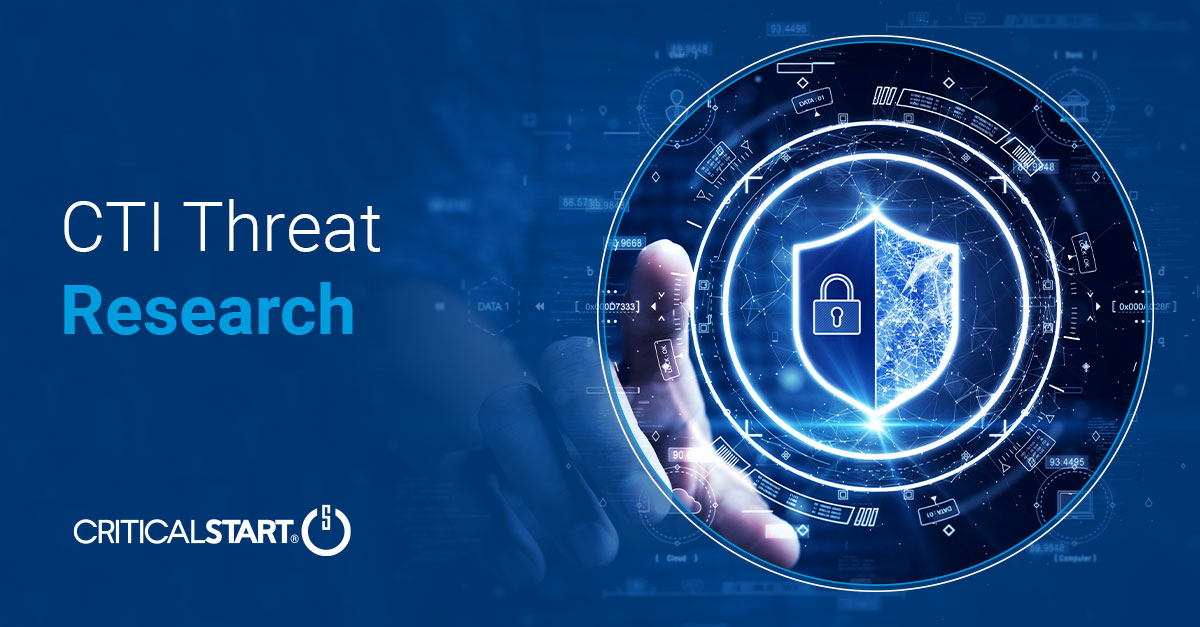The Evolution of Cybercrime: Adapting to APT Techniques

Introduction
The world of cybercrime is in a constant state of evolution. In recent years, cybercriminals have been increasingly adopting the sophisticated tactics of Advanced Persistent Threats (APTs). Once the exclusive domain of nation-states and state-sponsored actors, APT techniques have now become a formidable tool in the hands of cybercriminals. This article delves into the evolving landscape of cybercrime, where threat actors are adapting APT techniques to carry out more sophisticated and targeted attacks.
The Rise of APT Techniques in Cybercrime
APTs, as the name suggests, are characterized by their persistence and their ability to maintain a prolonged presence within a victim’s network. Traditionally, APTs were associated with nation-states seeking to steal sensitive information or disrupt critical infrastructure. These threat actors possessed substantial resources and technical expertise, allowing them to create custom malware, exploit zero-day vulnerabilities, and employ advanced evasion techniques.
In the past, typical cybercriminals often relied on ransomware or phishing attacks to quickly monetize their efforts. However, as cybersecurity measures have improved, and as the potential gains from quick-hit attacks have diminished, cybercriminals have sought more lucrative and sustainable methods. APT-style tactics have offered them a path to achieve these goals.
The Adoption of APT Tactics
- Extended Campaigns: APT-style cybercriminals engage in extended campaigns, infiltrating a victim’s network and remaining undetected for long periods. This allows them to quietly exfiltrate valuable data, such as intellectual property, financial information, or personal data.
- Spear-Phishing: Just like APT groups, cybercriminals have refined their spear-phishing techniques. These attacks are highly targeted, often involving the creation of convincing emails or documents that appear legitimate. They aim to trick specific individuals into revealing sensitive information or downloading malicious payloads.
- Zero-Day Exploits: Cybercriminals are now using zero-day exploits, previously a hallmark of APT actors. Zero-day vulnerabilities are those for which no patch or fix exists, making them highly valuable for launching effective attacks.
- Infrastructure Mimicry: To avoid detection, cybercriminals mimic the tactics, techniques, and procedures (TTPs) of known APT groups. They utilize similar command and control servers, malware delivery methods, and evasion techniques.
- Concealing Presence: Cybercriminals invest time and effort in concealing their presence, employing tactics to avoid detection by security systems. This includes using anti-forensic techniques to erase their tracks and blend in with normal network traffic.
Real-World Examples
Ryuk Ransomware: Ryuk is a prime example of cybercriminals adopting APT-style tactics. It often starts with a spear-phishing campaign, gains access to a network, moves laterally, and carefully selects high-value targets for ransomware deployment.
DarkTequila Banking Trojan: DarkTequila is another illustration of APT-style tactics in cybercrime. It targets financial institutions and has an extensive infrastructure designed for data theft. It evades detection by constantly changing its delivery mechanisms and command and control servers.
Challenges for Defenders
The adaptation of APT techniques by cybercriminals presents a considerable challenge to defenders. Cybersecurity professionals now have to deal with adversaries who are as well-equipped and persistent as nation-state actors. The blurred lines between nation-state APTs and cybercriminals complicate attribution and threat intelligence efforts.
Conclusion
The adoption of APT techniques by cybercriminals marks a significant shift in the cybersecurity landscape. It underscores the need for organizations to implement robust security measures, engage in employee training, and stay updated with the latest threat intelligence. Cyber defenders must assume that adversaries will continue to evolve, and as such, the battle against cybercrime remains an ever-changing and escalating arms race. Collaboration and information sharing among the cybersecurity community are vital in staying one step ahead of these adaptive cybercriminals.
__________________________________________________________________________
CRITICALSTART® offers a pioneering solution to modern organizational challenges in aligning cyber protection with risk appetite through its Cyber Operations Risk & Response™ platform, award-winning Managed Detection and Response (MDR) services, and a dedicated human-led risk and security team. By providing continuous monitoring, mitigation, maturity assessments, and comprehensive threat intelligence research, they enable businesses to proactively protect critical assets with measurable ROI. Critical Start’s comprehensive approach allows organizations to achieve the highest level of cyber risk reduction for every dollar invested, aligning with their desired levels of risk tolerance.
References
RESOURCE CATEGORIES
- Buyer's Guides(1)
- Consumer Education(39)
- Consumer Stories(2)
- Cybersecurity Consulting(4)
- Data Breaches(15)
- Data Privacy(43)
- Incident Response(2)
- Interview(51)
- MDR Services(59)
- MobileSOC(6)
- News(5)
- Press Release(101)
- Research Report(9)
- Security Assessments(2)
- Thought Leadership(19)
- Threat Hunting(3)
- Video(1)
- Vulnerability Disclosure(1)
